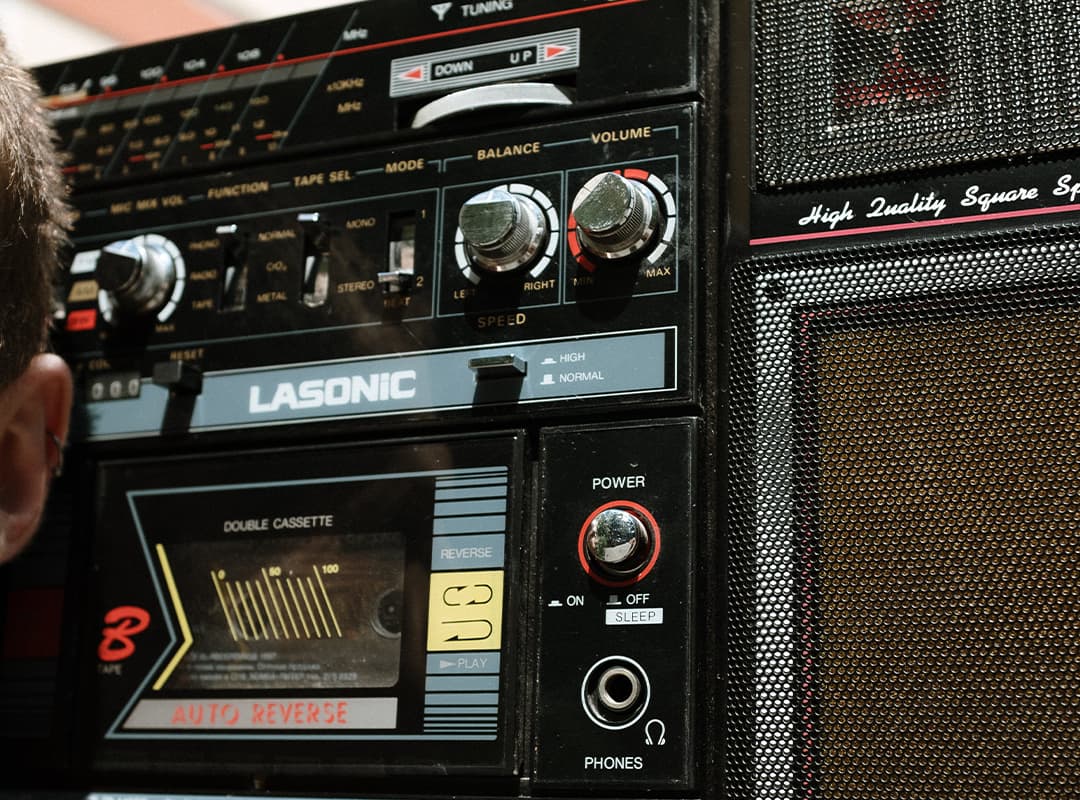We may never know who actually invented radio. The debate has been going on for many years, but the question of who invented the method of transmitting a signal over a distance remains open. However, this question is relevant only from a purely technical point of view. But about who invented radio in the form to which the modern common man is accustomed, we can say with much more certainty – such radio “invented” in the United States, and, according to the generally accepted opinion, at its origins stood David Sarnoff – an American born in the territory of modern Belarus. It was he, as they say, who proposed to use the technical possibilities of radio signal transmission at a distance and to start mass production of household radio receivers, as well as – regular broadcasting on the air for the owners of these receivers of various musical and conversational programs. And it happened in 1919 – it was then that the first radio receivers went on free sale, and in a few years radio became super-popular.
However, at that time its face was somewhat different. Initially, only two, and later three medium-wave frequencies were used for broadcasting in the United States. So, the choice of radio listeners was not great. After a few years, the number of frequencies increased and so did the number of listeners. In parallel, there was a commercialization of radio air, the formation of radio business. With all the ensuing consequences – buying and selling stations, unfolding networks, fierce competition and fierce wars for a place – no, not under the sun, but under the rain of money. And where there is competition, diversity is born. In those years, later called the “Golden Age of Radio”, this diversity was achieved quite simply. Radio had virtually no competitors among the media – television at that time existed in the embryo-experimental state, only science fiction writers could think about the Internet, and newspapers seemed yesterday’s day – boring and monotonous. Therefore, the radio could safely bet on the variety of names of star presenters who presented on the air star radio shows, on the broadcast of radio plays, well, and on the timeliness of news. Of course, there was also music on the radio, but the choice of music was not great – the recording industry was also making its first steps, and the choice of styles was very limited.
That is, by and large, radio originally made a product “for everyone”. In fact, it was so – in the 30s the process of listening to radio programs was a family ritual – like going to the movies together or going on a picnic. And during the so-called “Great Depression,” radio was the only outlet, the only joy for many American families. And the competition between different radio stations came down largely to making this selection of programs “for everyone” more interesting than the rival.
However, it couldn’t go on like that for long. The golden age of radio ended with the birth of full-fledged television. Now it became part of the family ritual, and it was on its screen that star presenters with their star shows migrated. And radio broadcasting was faced with a question: it had to either die or restructure itself in such a way as to occupy a new niche for its existence.
Several factors helped the process of rebuilding broadcasting. First, the emergence of portable radios on the market – radio became more mobile, henceforth it could be taken with you on the road or on a picnic, and listen there. Secondly, the beginning of the rapid use of a new, better quality range – VHF FM, simply called FM, as well as the emergence of stereo broadcasting. And, finally, the third factor, which coincided very well with the first two – the birth and rapid development of a new musical style – rock and roll, the name of which was given, as you know, by American radio DJ Alan Freed. Like mushrooms after the rain, new bands and performers began to appear, their records were sold in millions of copies.
The high popularity of rock ‘n’ roll promoted the development of the recording industry, which, in turn, led to the emergence of new musical styles and trends. And their “haven” initially became the already mentioned by us FM-band. The fact is that in the 50s – 60s of the last century the main and basic range of radio broadcasting in the U.S. and Europe remained the range of medium waves. FM-band for a long time remained in the shadow of its “big brother” – CB, and the rapid development of television affected. Therefore, FM-band began to be used as a somewhat “elitist” band – initially here you could find mainly what was not in the CB – that is, new styles and trends, new names, new programs. And the very approach to programming of the stations operating in this band was new – compared to the CB, the amount of “chatter” was reduced, and the amount of music was increased.
